There are four Turkish baths in Buda today: the Rác, the Rudas, the Veli bej and the Király, although the first three have been changed beyond recognition. Only their pool areas reveal their original layout.
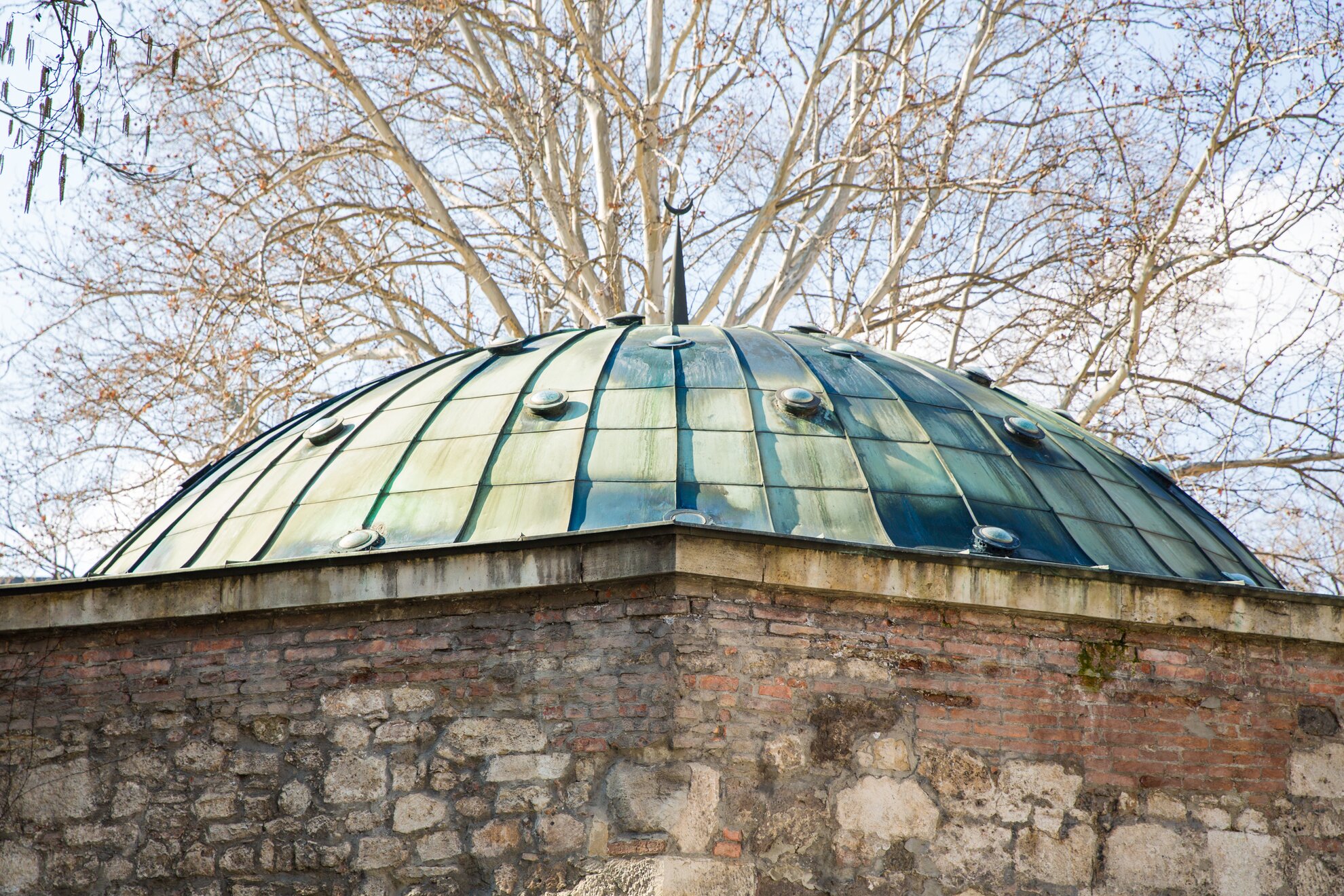
If tourist brochures had been published in the 1560s, they would have been compared to the best spas in the world. In those days, baths were prestigious, with several operating in the city, even if logistics were a little overwhelming.
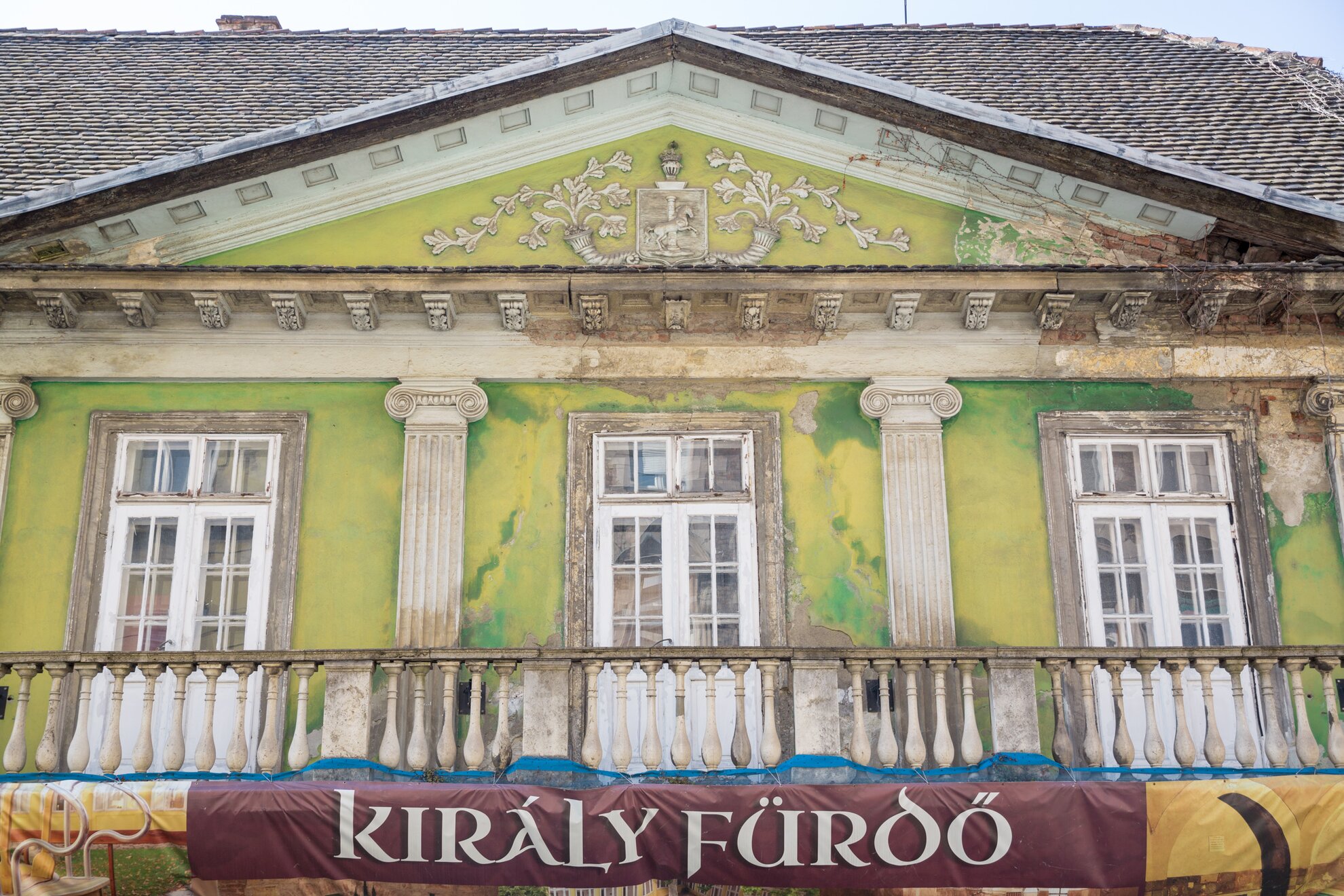
A bathing paradise
Although the Rudas was the main spa at the time, the Király did not lack for visitors. The famous Ottoman explorer, Evliya Çelebi, even remarked that, “The water in the pool is so hot you can barely go in. Amid the rays of light that softly infiltrate through the pink ceramic dome, bathers feel they are in paradise”.
The construction of the Király Baths began in 1565 on the initiative of Pasha Arslan, but they were not completed before he received the silk cord, the common Ottoman method of execution for noblemen. Pashas did not remain in place until retirement – on average, they became obsolete after a year or so. In all. There were 98 pashas of Buda in 150 years. Arslan’s successor, Sokollu Mehmed Pasha, held this position for a surprisingly long time, 12 years, and it was he who finished the spa.
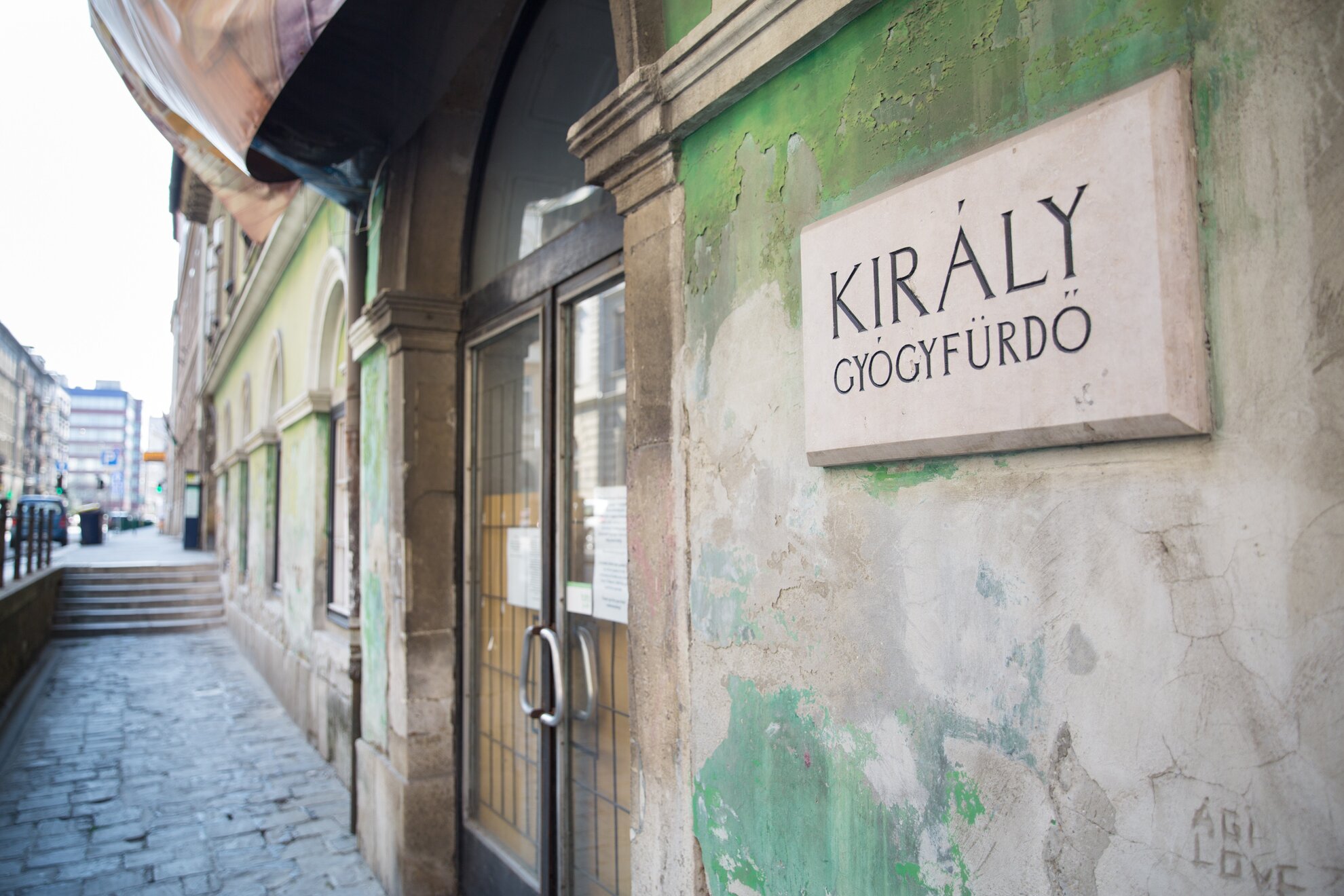
With the potential for a Christian siege of Buda always on the horizon, Sokollu Mehmed Pasha had his men build a piping system made of larchwood – an original piece is on display in the lobby today – so that soldiers could bathe nearby.
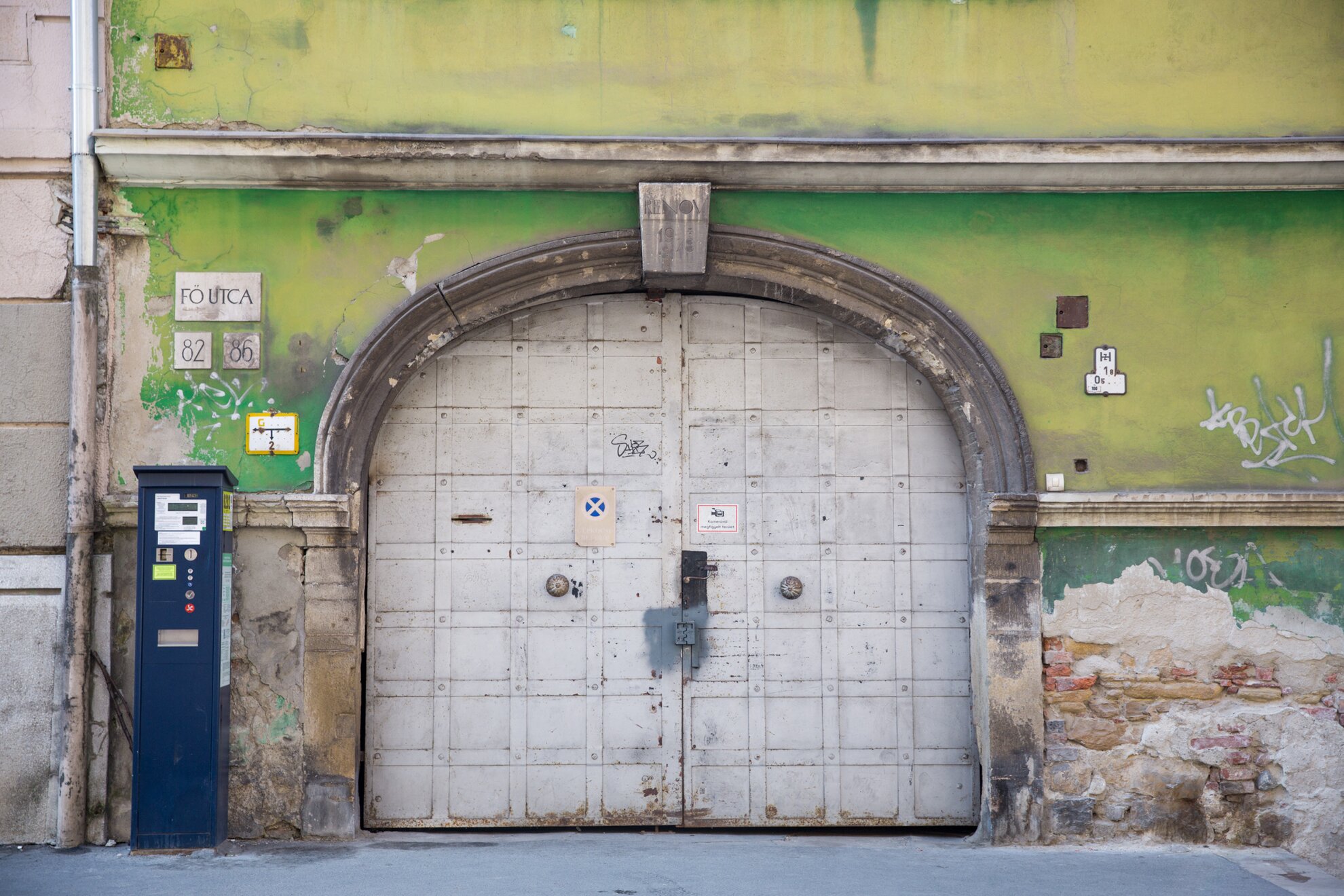
Cleansing and caring for the body had its own culture in the Turkish era, and those who neglected to do so were frowned upon. The principle of having a healthy mind in a healthy body was paramount.
The Turks, especially women, removed their body hair and dyed their hair, men their moustaches. As well as a cosmetic role, the baths also had a social function, too, not unlike a Roman forum.
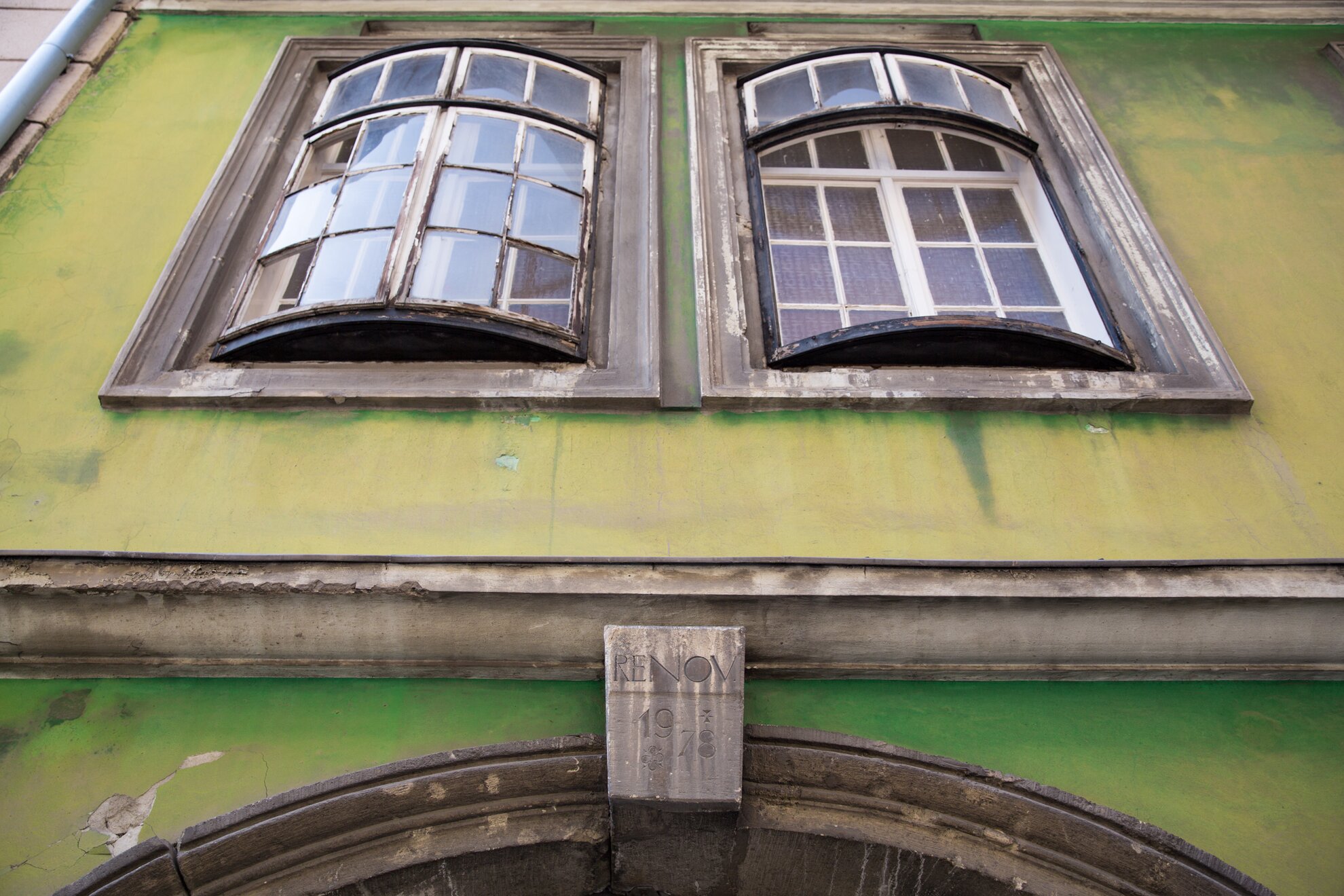
The Király features both Turkish and Classicist wings, and the part built during the 19th century was not designed by an architect but by a water engineer. Although the Király was closed two years ago, the pools still constantly fill with hot water, giving the pipes rusty from the mineral salts give the appearance of a ghostly building abandoned for decades.
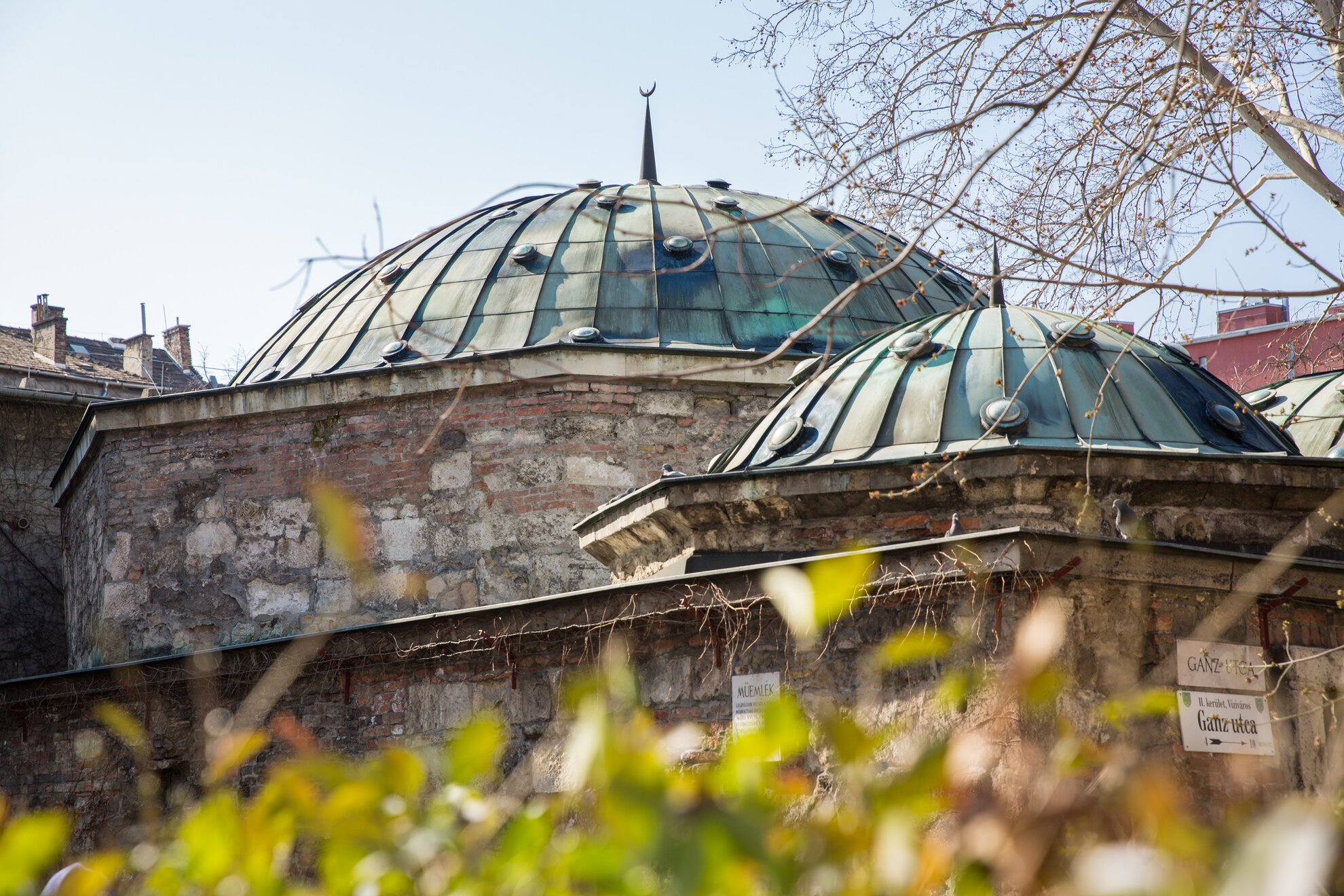
After the dome space, stone bathtubs line the aisle.
It was fashionable to rent these in the 19th century, when the comfort of
bathing at home was still unknown. Every week or two, whole families could get
a thorough bath and hair wash instead of a cat’s lick and a promise.
On the
other hand, those who disappeared alone behind the doors were often watched by
bath masters because it was extremely common for blood to be spilt in the hot
waters.
After the recapture of Buda in 1686, the spa had several owners, until it was bought by the König family in 1796 – hence today’s name of the Király (‘King’s’) Baths. It was then that Classicist parts were added, its function changed to one of purity.
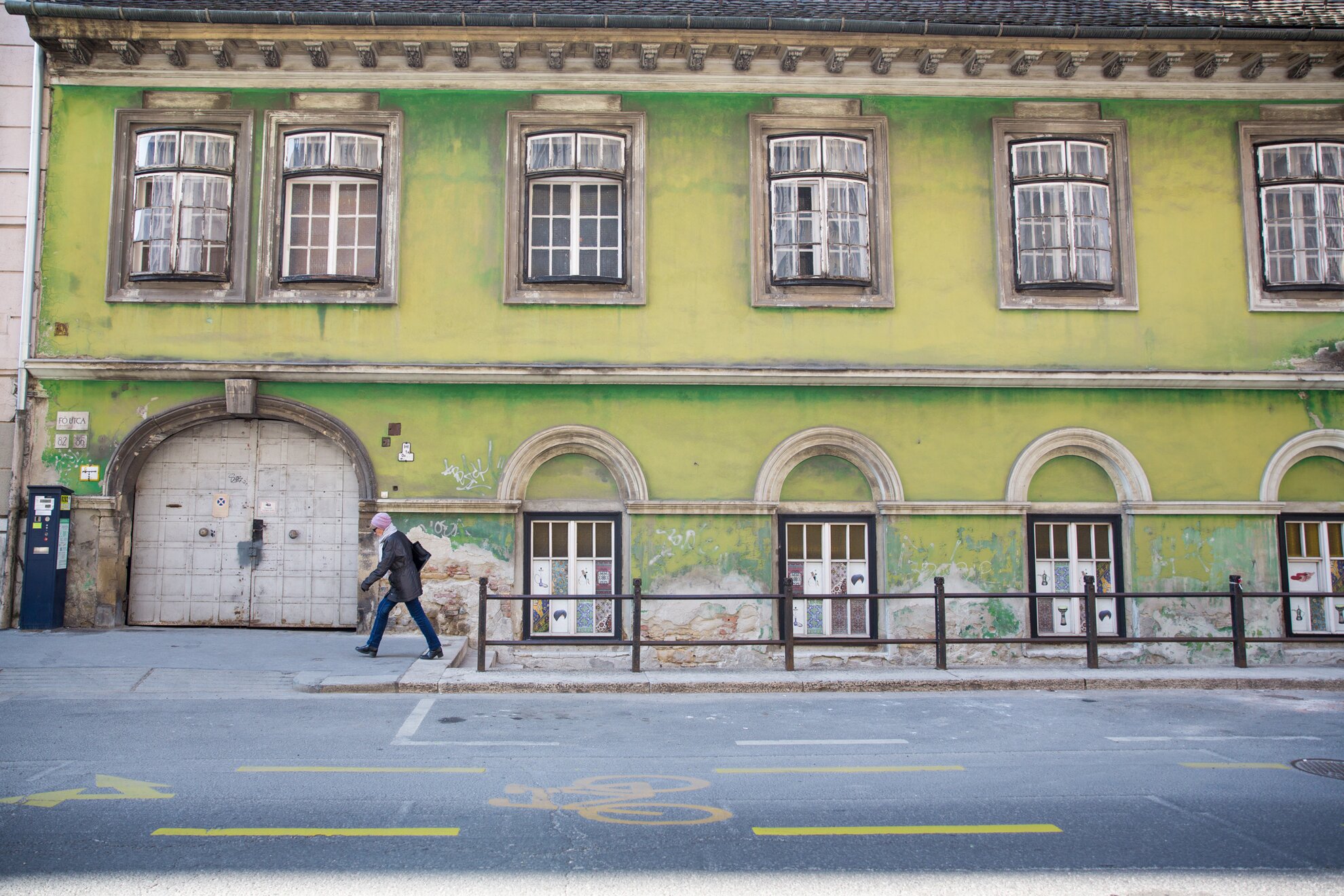
Despite the fact that Buda Castle was completely devastated in World War II, the baths survived relatively intact. Damaged parts in the Classicist wing were duly renovated.
News of the reconstruction was announced in 2017 and the design put out to tender. Despite the impressive plans in place, work here has not yet begun.




